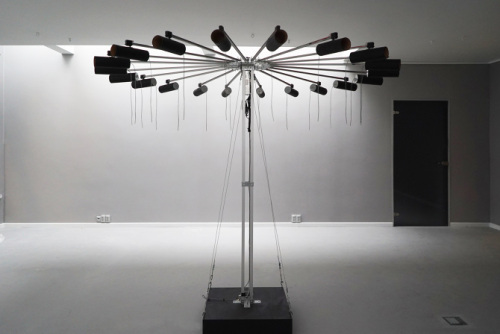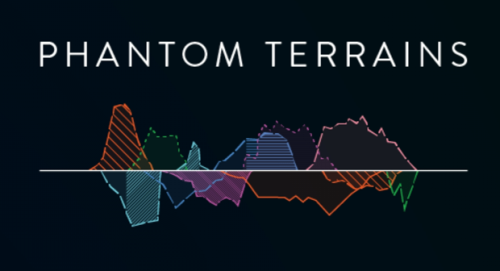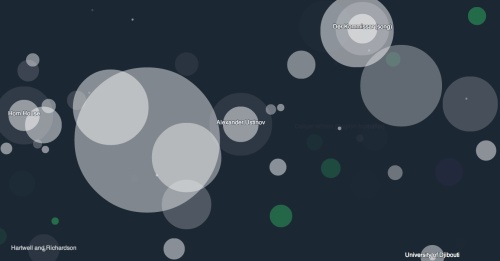Dolmen
 Monday, May 25, 2015 at 14:58 tagged
Monday, May 25, 2015 at 14:58 tagged  antenna,
antenna,  radio,
radio,  sonification,
sonification,  telecommunications
telecommunications
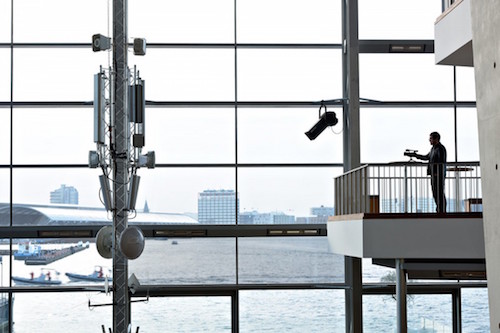
During this year’s Sonic Acts, one of the installations that stuck with me was Mario de Vega’s DOLMEN. It hung in the main hall of the Muziekgebouw and made a whole lot of noise.
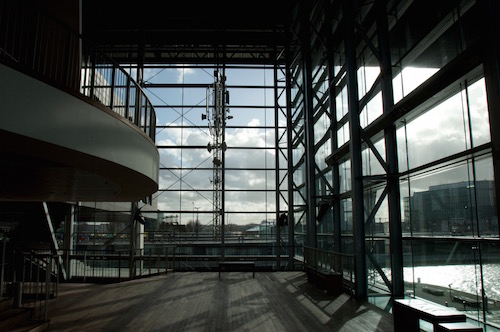
Consisting of various high frequency receivers, radio scanners and custom electronics based on logarithmic detectors, it is an intervention that explores the boundaries of human perception as well as the social, political and physical impact of telecommunications technnology by making wireless signals in space audible. If you stood below it, making a call, you could hear the normally inaudible carrier wave being amplified by de Vega’s installation. In that way it was also kind of semi-interactive, and made one really aware of all the different signals we surround ourselves with. Not only the waves of cellular phones were audible, also the carrier waves of the radios of the ships floating by.




